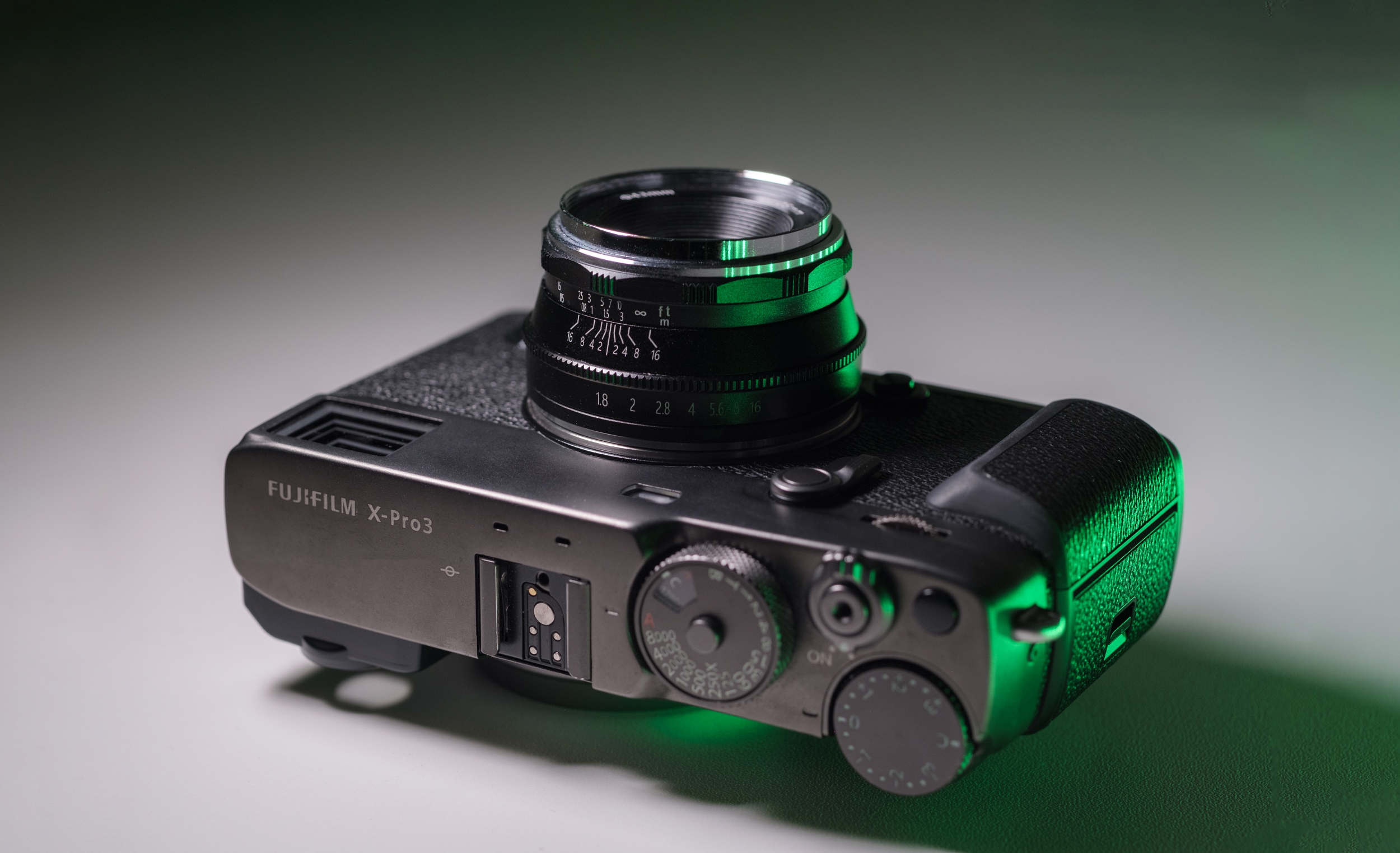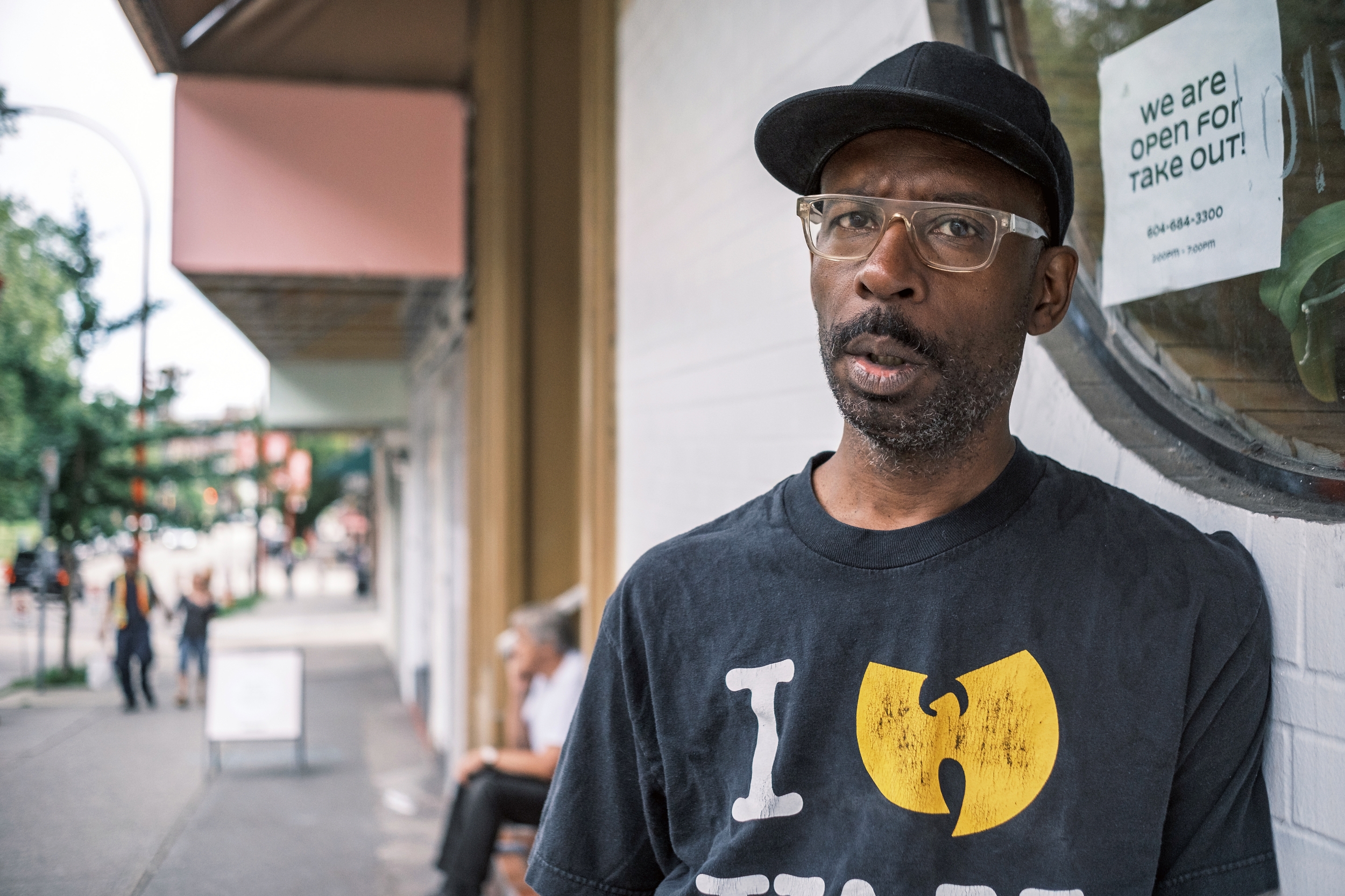As Fujifilm X Series photographers our lens selection is limited to mostly… well, Fujifilm. There are plenty of options within this system, but sometimes there are speciality lenses we want to try, or perhaps we want to experiment with different types of glass. Fortunately, many of us have migrated from other camera systems, and we’ve bought adapters so we can use our legacy lenses on our favourite X Series bodies. However, if we don’t already own older lenses, what are the benefits and disadvantages of either going the lens adapter route or trying the new batch of inexpensive ‘no name’ lenses coming from China? I’ve had the opportunity to try both options, and both have their pros and cons.
Buying a lens adapter is the cheapest option if you already have legacy lenses. I have two K&F mount adapters for both my Minolta manual focus and autofocus lenses. I have close to 30 lenses in both these mounts, so spending $25 USD per adapter is clearly an easy choice for someone like me. However, if you don’t already own legacy lenses, what are the advantages of adapting lenses from another manufacturer to Fujifilm? There are many exotic lenses from other manufacturers that aren’t currently available in native X Mount, such as perspective control lenses (tilt/shift), mirror lenses, super-telephoto primes, or fast primes. If you have the money to buy these fancy lenses and adapt them to your Fujifilm camera, go for it.
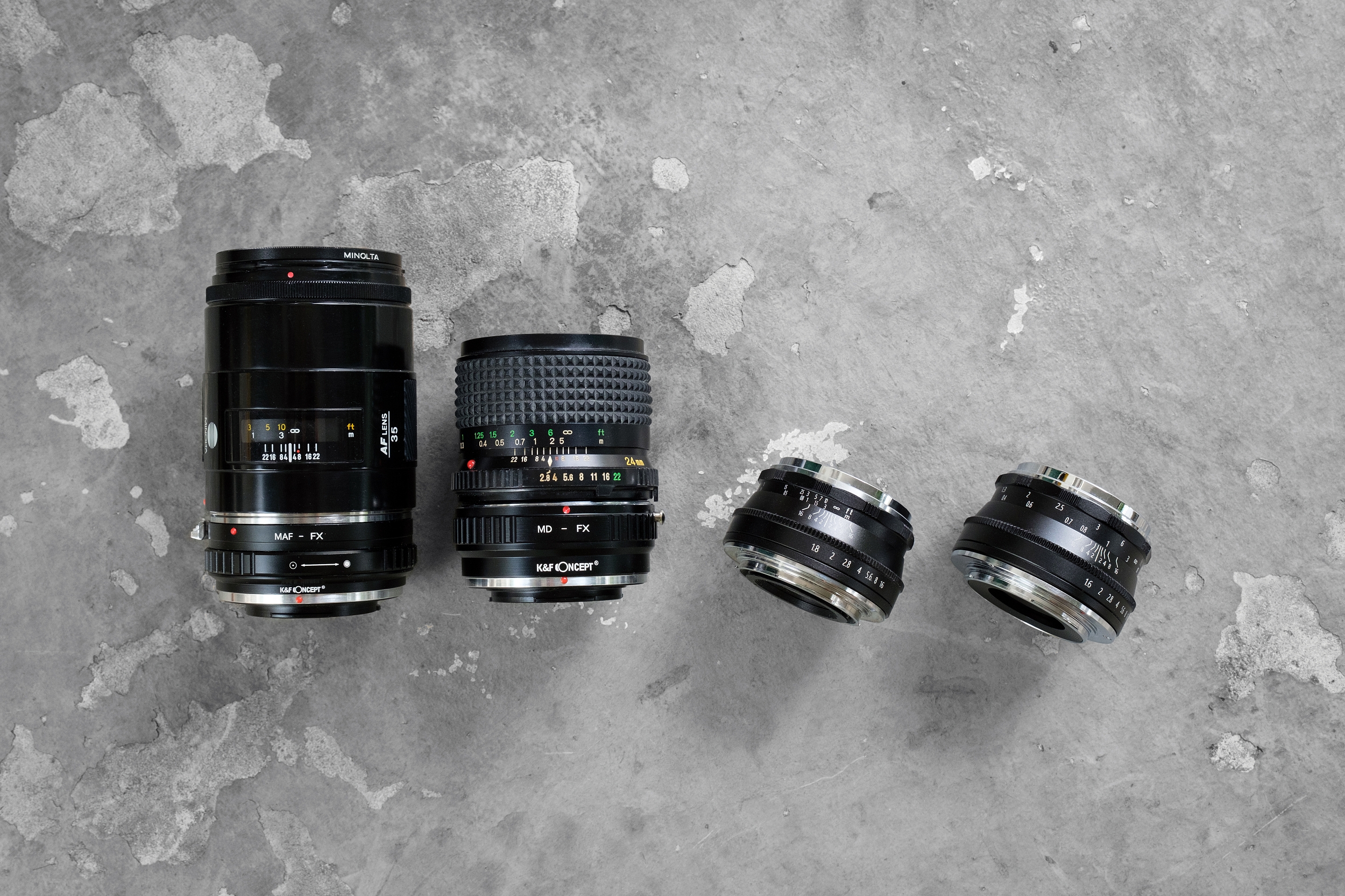
(left to right) Minolta AF 35mm f/1.4 G + K&F adapter, Minolta 24mm f/2.8 MD + K&F adapter, Pergear 25mm f/1.8, Pergear 35mm f/1.6
However, the inherent problem with adapting lenses, especially if they are SLR lenses, is the flange back distance. Since these lenses natively have to deal with the long distance from the rear lens element to the film plane due to the mirror box, these adapters can add at least an inch to the overall length. This isn’t a problem if you’re attaching a 300mm f/2.8; but when you attach a pancake lens, you’re basically doubling the size. Another problem is that most of these SLR lenses are for 35mm or full-frame cameras, so they tend to be larger. One of my favourite primes from my Minolta A-mount is the 35mm f/1.4. Even without an adapter, this is already a long and heavy lens for its focal length. Add the K&F adapter, and the lens looks more like a short telephoto. Another issue is with the 1.5x crop factor. My awesome Minolta 24mm f/2.8 MD wide-angle lens now becomes a 36mm equivalent on my Fujifilm cameras. On the telephoto end, having this 1.5x crop is advantageous; but my very useful Tamron 20-40mm f/2.8-3.5 A-mount zoom lens becomes a less-useful 30-60mm on my Fujifilm cameras.
Another option is buying inexpensive ‘no-name’ lenses, most of them coming from China. Brands like Samyang, Meike, 7artisans, TTArtisan, Pergear, Laowa, YONGNUO, Mitakon and others have started making lenses for X-mount and other crop-sensor camera systems. Yes, there are more established German and Japanese brands like Voigtlander, Zeiss, Sigma, Tamron, and Tokina that we can adapt to X-mount; but many of these lenses can be more expensive than Fujifilm’s native lenses. I know many are hesitant to buy these cheaper lenses coming from these third-third party manufacturers (I don’t know what else to call them). However, I can say with confidence that their price-performance value is high.
For the past year, I’ve been playing with two manual focus lenses from Pergear, and so far so good. These prime lenses are compact, light, all-metal construction, and has a dedicated X mount. You can find these lenses on Pergear’s website or from Amazon for around $70 USD. That’s about the price of a good quality lens adapter!! How good can these lenses be, considering how cheap they are? Not only are they good for the price, these lenses are very good, period. I’ve done some critical testing with the Pergear 35mm f/1.6 against the Fujifilm XF35mm f/2, XF35mm f/1.4, Viltrox 33mm f/1.4, and my Minolta 35mm f/1.4 with the K&F adapter. Optically, this lens performs close to the XF35mm f/1.4 and Minolta 35mm f/1.4, but better than the Viltrox 33mm and XF35mm f/2. The bokeh is a bit busy when stopped down, but looks great wide open. Surprisingly, there is almost no chromatic aberration wide open, unlike the Viltrox 33mm at f/1.4 and my XF16-80mm wide open at f/4.
I’ve done a dedicated review of the Pergear 25mm f/1.8 on FujiLove already, but overall the lens performs similar to the 35mm f/1.6. Both lenses have a clickless aperture ring, a 10-blade rounded aperture diaphragm, a smooth focus ring, close focus distance, and good performance wide open. Since these lenses are manual-focus only, it’s easy to zone focus with these lenses for street photography. The aperture ring is a bit tight, but the focus ring is nice and smooth. On my days off when I want a standard lens to photograph family and friends, I usually grab either the Pergear 25mm or 35mm. They both look great on the X-Pro3, and since these manual focus prime lenses are so compact, I can easily throw both camera and lens into a sling bag and forget I’m even carrying a camera. When you see many of my product pictures where I use my X-Pro3 as a prop, it’s not a coincidence that you often see one of these Pergear lenses attached to it.
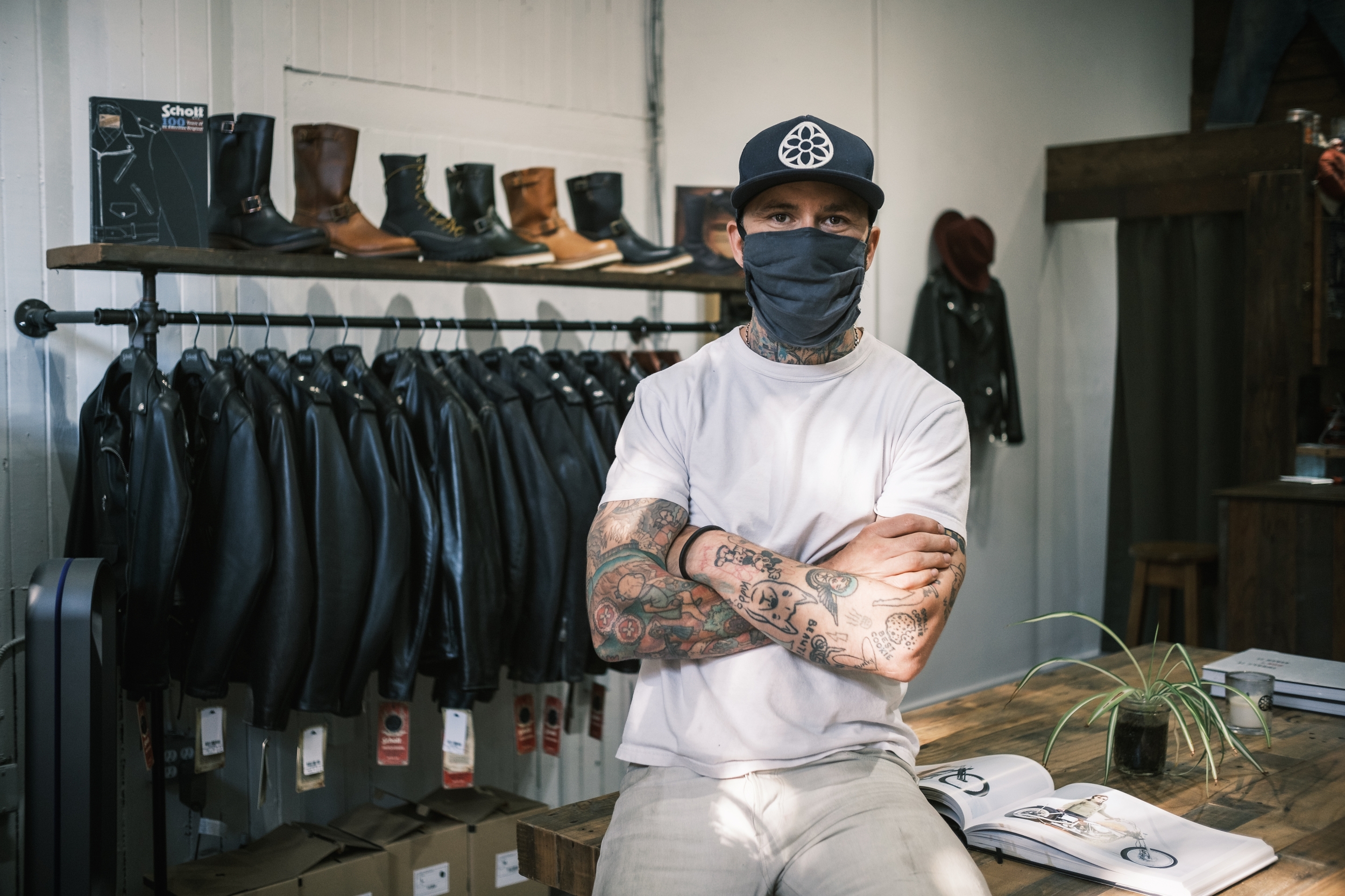
Fujifilm X-Pro3 + Pergear 25mmm f/1.8. ISO 1000. Classic Neg film simulation. TJ Schneider from The Shop Vancouver
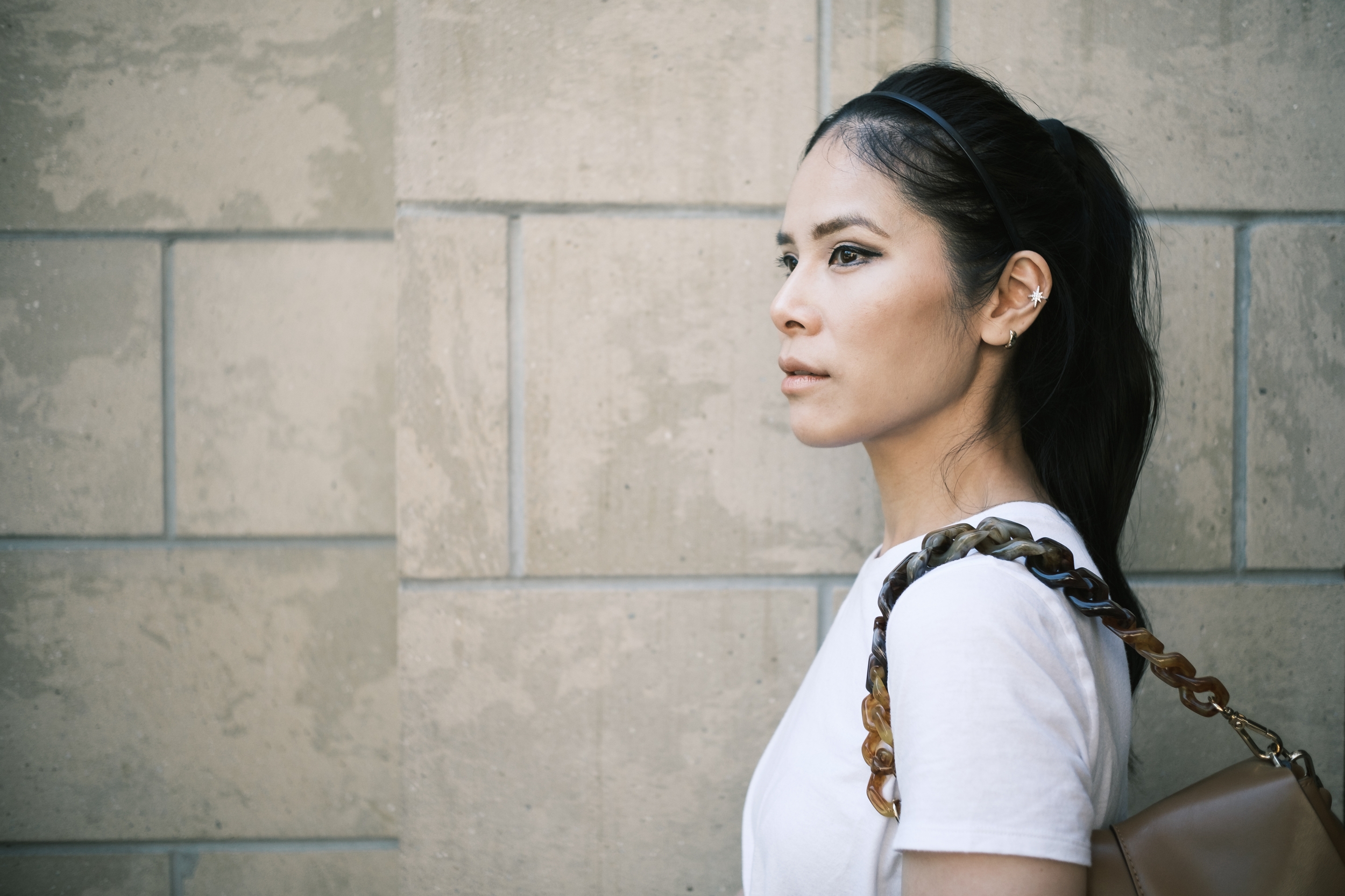
Fujifilm X-Pro3 + Pergear 25mm f/1.8. 1/850th sec f/1.8 @ ISO 400. Classic Neg film simulation. Vignetting wide open.
Initially, I was hesitant to test a $70 lens, let alone a lens from a third-third party manufacturer from China. I’ve always been more comfortable buying lenses from either a German or Japanese manufacturer. However, many of my colleagues have bought these off-brand lenses from manufacturers like TTArtisan and 7artisans lenses for their Leica and Fujifilm systems, and they’ve been singing praises. Optically, these lenses have very simple 5 to 8 element designs. My guess is that they are duplicating vintage lens designs from 50-60 years, adding modern lens coatings and manufacturing techniques, and mass-producing these lenses in large batches to bring the price down. This doesn’t sound very romantic, but the proof is in the final images produced with these lenses.

Fujifilm X-Pro3 + Pergear 35mm f/1.6. Tap&Dye leather strap + Chrome Kadet sling. ACROS 100 v.1 + Pro400H (discontinued)
If you are considering experimenting with these compact manual focus prime lenses from these third-third party manufacturers, do your research, but I think you’ll find that the reviews are mostly positive. I love adapting my older Minolta glass to my Fujifilm cameras for specific uses, such as macro photography, portraiture, and talking-head video work. But for my everyday carry kit, I’ll take one of my Pergear prime lenses with my X-Pro3 every time due to the size and weight. Let me know if you’ve had any experience with these inexpensive prime lenses, or if you’ve been adapting your legacy glass to your Fujifilm X Series camera bodies. What has your experience been like? Are there any lenses you think I should try? Thanks for reading and happy shooting!






